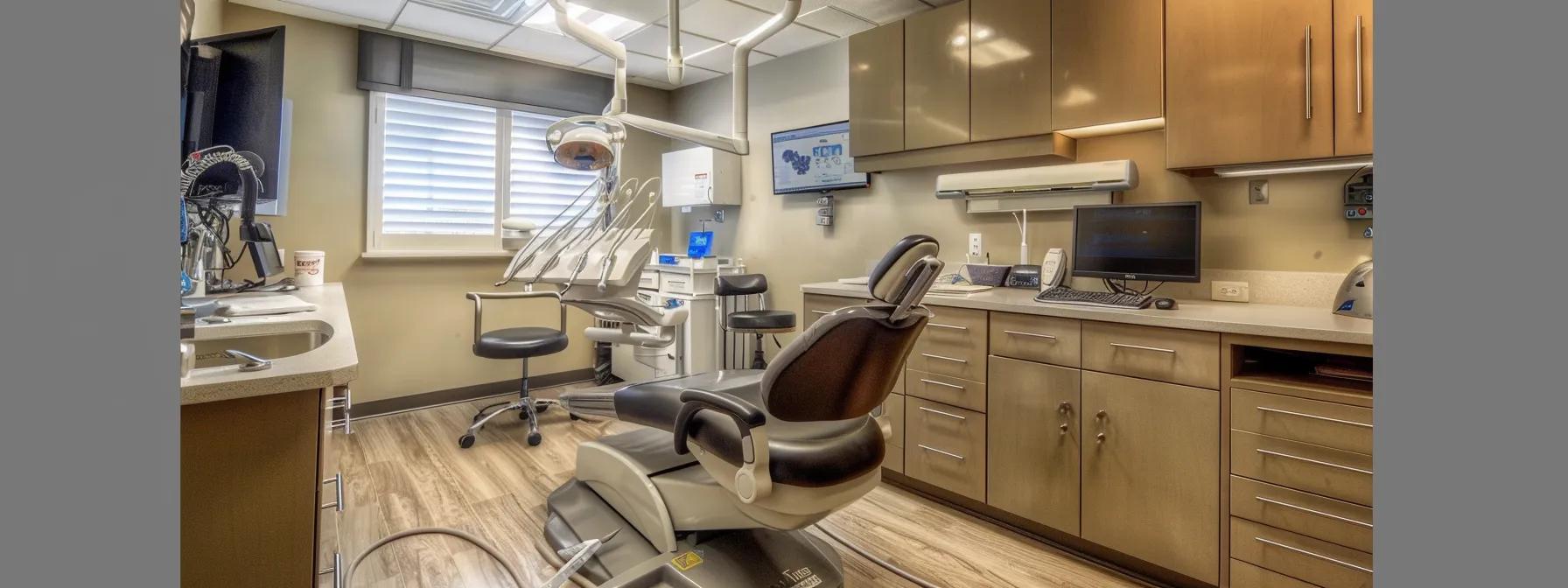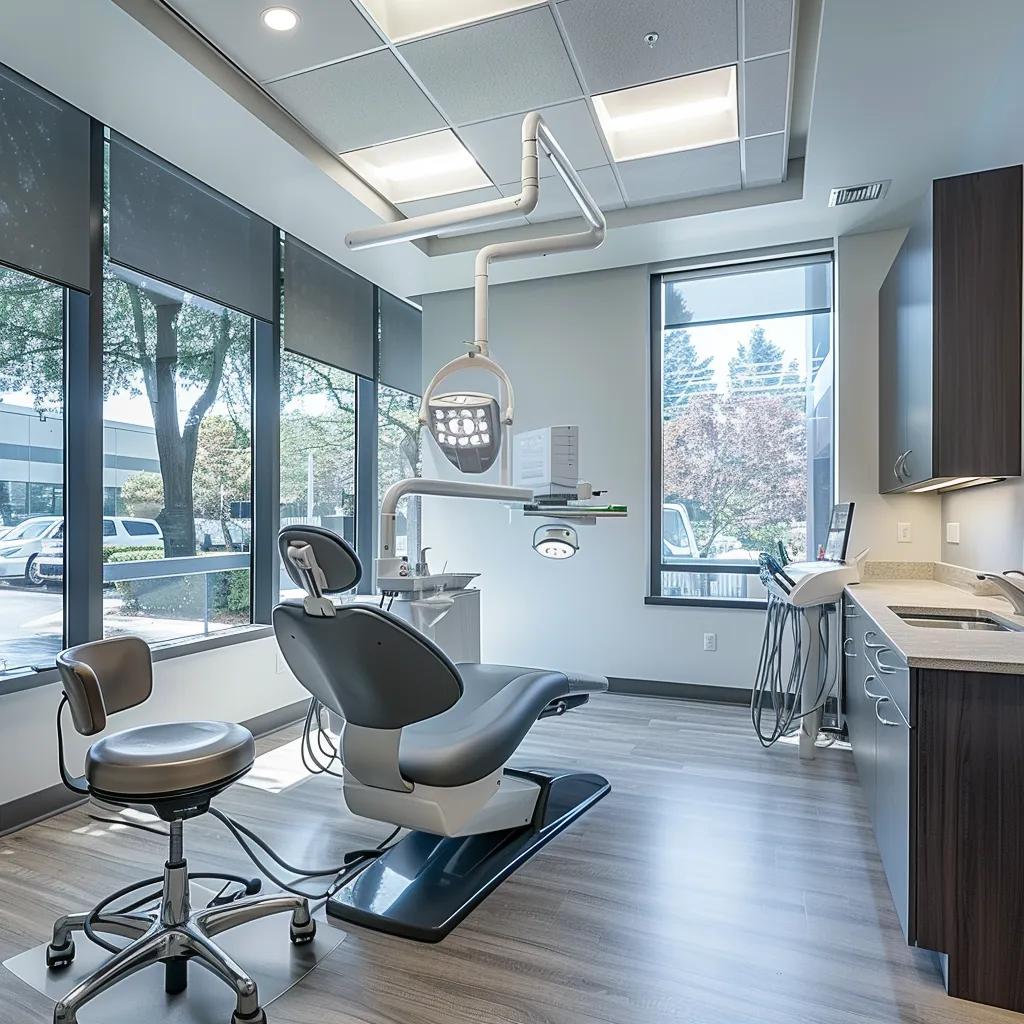Tooth restorations like crowns and fillings are meant to last—but when they fall out unexpectedly, you’re left with a vulnerable, exposed tooth. Immediate action can make a world of difference in how your smile is saved and how much discomfort and cost you avoid. At Fountain of Youth Dental, we often see patients who waited too long to act and ended up with complications that could’ve been prevented with earlier care.
When a filling or crown is lost, it leaves the tooth defenseless against decay, infection, and physical damage. Even if there’s no immediate pain, bacteria can start attacking the exposed area. In some cases, patients don’t realize how serious the situation is until the tooth becomes sensitive, fractures, or develops an infection that requires more advanced treatment.
This guide breaks down the immediate steps to take, what to avoid, home care options, and when to contact us for an emergency visit. Whether your restoration just fell out or you’re prepping for “what ifs,” being informed is the best way to protect your oral health.
Common Causes and Warning Signs
Even the strongest dental restorations can loosen over time. Daily wear, certain foods, or changes in oral health can contribute to a filling or crown falling out. Recognizing what caused the loss—and spotting the early signs—can help prevent repeat emergencies.
Crowns and fillings often fall out due to one or more of the following:
- Chewing hard or sticky foods (like ice or taffy)
- Tooth decay weakening the foundation of the restoration
- Accidental trauma, like sports injuries or falls
- Bruxism (teeth grinding) putting excessive pressure on the restoration
- Age-related wear or weakening of the dental cement
Before a filling or crown dislodges completely, you may notice symptoms like increasing sensitivity, a rough or sharp edge, or a feeling that something’s “off” when you bite. Don’t ignore these signs. Early detection can help us reinforce or replace a failing restoration before it becomes painful.
What to Do First: Stay Calm and Inspect
The moment you feel a crown or filling come loose, take a breath. Staying calm allows you to respond logically instead of making panicked decisions that could worsen the problem.
First, rinse your mouth with warm water to gently flush away debris. If you find the crown or filling, rinse it off and store it in a clean container. This allows your dentist to evaluate whether it’s reusable. Avoid using toothpaste, soap, or alcohol to clean the piece, as these can damage it or interfere with bonding materials.
Next, assess the affected tooth. Is there pain, sharpness, or bleeding? If the tooth has jagged edges, it’s important to avoid cutting your tongue or cheeks. Don’t chew on that side of your mouth, and avoid hot or cold foods, which could trigger sensitivity. Then, call us as soon as possible—we’ll guide you from there.
Temporary Relief Measures at Home
If you can’t get into the dental office immediately, there are a few safe and effective ways to reduce discomfort and protect the exposed area. These aren’t long-term fixes but can provide relief until your professional appointment.
Here are a few reliable options:
- Over-the-counter dental cement – Found at most drugstores, this can temporarily reattach a crown or fill the hole left by a missing filling.
- Dental wax or sugar-free gum – If dental cement isn’t available, these can shield sharp edges and reduce sensitivity.
- Saltwater rinses – Gently rinsing with warm saltwater (½ tsp salt in 8 oz. water) can clean the area and reduce the risk of infection.
In addition to these, avoid eating crunchy or sticky foods, and opt for soft, room-temperature meals until your appointment. Sleeping with your head slightly elevated may also help minimize pain from blood pressure changes near the site.
Why Prompt Professional Care Matters
Delaying treatment after losing a filling or crown might not seem like a big deal—especially if the pain fades—but it can result in more serious damage down the line. What begins as a small gap can quickly become a major problem.
When a filling falls out, the previously sealed cavity is exposed. Food, bacteria, and plaque can accumulate, leading to deeper decay. Similarly, if a crown is lost, the underlying tooth is often already fragile. Without protection, it can break or develop an infection that might require root canal therapy.
Prompt care allows us to clean and restore the area before complications set in. We can determine whether the original crown can be reused or if a new restoration is needed. Early treatment usually means less pain, lower costs, and a better long-term outlook for your oral health.

Treatment Options at Fountain of Youth Dental
At your emergency visit, we’ll start by examining your tooth and surrounding tissues. Digital X-rays help us detect hidden decay or fractures and guide us in recommending the best solution for restoring your tooth.
If a filling was lost, we’ll replace it with strong, durable material that bonds securely and mimics your natural enamel. In some cases, we may recommend upgrading to a crown for additional protection if the tooth structure is compromised. For lost crowns, we’ll evaluate whether the original crown can be re-cemented or if a new one should be crafted.
Dr. Cappetta uses advanced materials and imaging tools to ensure each restoration is both functional and aesthetically pleasing. We also take the time to explain your options and ensure your comfort every step of the way, including offering sedation if needed.
Prevention: Protecting Your Dental Work Long-Term
The best way to deal with lost restorations is to prevent them in the first place. With a few small habits, you can protect your investment and extend the life of your dental work for years to come.
Start by brushing twice a day with fluoride toothpaste and flossing daily. Pay special attention around crowns and fillings, where plaque tends to accumulate. Consider using a water flosser or interdental brushes to clean hard-to-reach spots. Regular checkups help us monitor the condition of your restorations and spot problems early.
Avoid chewing ice, popcorn kernels, and hard candy. Don’t use your teeth to open packages or bottles. If you grind your teeth at night, a custom nightguard can prevent fractures and wear. And remember: if something feels off, don’t wait—call us and let’s take a look.
When It’s an Emergency: Don’t Wait
Some dental problems can wait a few days—but others can’t. Knowing the signs of a true dental emergency helps you avoid unnecessary suffering and protect your smile.
Call us immediately if you experience any of the following:
- Severe, persistent tooth pain or pressure
- Swelling of the face, gums, or jaw
- A visible crack or break in the tooth
- Signs of infection (fever, pus, foul taste)
- A crown that’s completely dislodged or won’t stay in place
We offer same-day appointments and are always happy to talk you through your symptoms on the phone. When in doubt, it’s always better to get checked early. A quick call can be the difference between a simple fix and a major repair.
Let’s Get You Back to Comfortable
Losing a crown or filling is stressful—but it’s something we handle every day at Fountain of Youth Dental. With the right steps at home and fast professional care, you can protect your tooth, ease the discomfort, and get back to life with confidence.
If you’re dealing with a lost restoration, don’t wait. Call our office and let us help you through it. We’ll make sure you get relief, answers, and a long-term solution that protects your smile.
Ready for a dentist who cares as much as you do about your smile? Contact Dr. Cappetta today to schedule a no-pressure consultation. You can also call us at (210) 614-5481.
With Fountain of Youth Dental, you can stop settling and finally get the healthy, stunning smile you deserve!
Schedule Your Free Consultation Today!
Fountain of Youth Dental
5282 Medical Dr. #520 San Antonio, TX 78229 (210) 614-5481 Driving Directions VISIT OUR WEBSITE
FAQs
What if I swallowed my crown or filling?
In most cases, it will pass naturally without causing harm. Monitor your digestion, and if you experience stomach pain or difficulty, seek medical attention. Let your dentist know either way so they can plan your replacement.
Can I wait until my next regular checkup to fix a lost filling?
It’s not recommended. Even if there’s no pain, the exposed area is vulnerable to decay or damage. Scheduling prompt care can prevent more serious issues from developing.
Is it normal to have sensitivity after a filling or crown falls out?
Yes, sensitivity to temperature, pressure, or sweets is common. This is your tooth’s way of saying it needs protection. Temporary coverings can help, but professional treatment is the long-term solution.
Related Articles
Emergency Dental Care Tips, Dental Emergency Symptoms, Common Dental Emergency Procedures, Responding to Dental Emergencies, Dental Emergency Insurance, Toothaches





